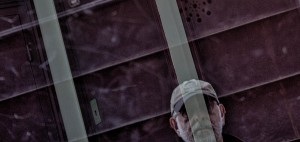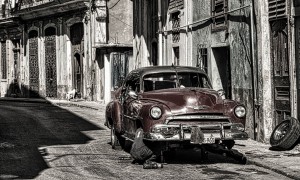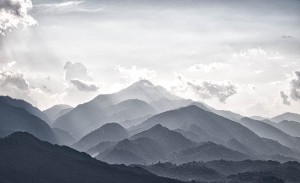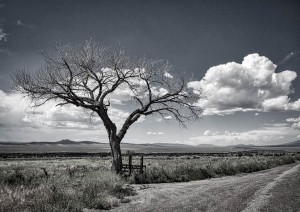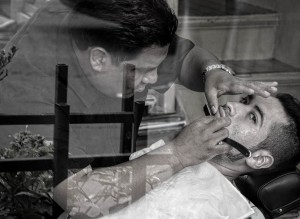How To Prepare For A Photo Trip
Bruce Janklow Myanmar 2013
Suggestions from Bruce Janklow, A Different Perspective Client
and Frequent Photo Traveler
I’ve been a photographer for over 60 years since my Father (also a photographer) first dragged me out for day long shooting trips when I was eight or nine, which of course I protested loudly a the time but now cherish in memory. But since I stopped working for money, I have rededicated myself to my photography and travel – the more obscure, underdeveloped and exotic the destination the better. As a result I frequently get asked several questions; how do you go about finding trips to go on, how do you prepare, what do you bring, how do you stay organized and how do you manage workflow in the field? Teri Goldstein, the major domo of “A Different Perspective” and frequently the creator of wonderful photo trips I take, asked me if I could share some of my tricks of the trade. So I wrote the following piece. Hope it is helpful.
Choosing a destination:
I actively keep a wish list going of the places I might like to visit and photograph. My criteria is pretty personal to me and I think it should be that way for everyone. I am particularly drawn to places that don’t have a lot of tourists, they are a negative factor in many ways in my mind and I like being early in the curve in terms of visiting new places. Both these points have several rewards, perhaps the biggest being that it is much better when locals aren’t jaded from having had many lenses shoved in their faces. I also like cultures that are as unlike mine as possible and like it when there is a significant cultural, historic and spiritual aspect to the place. I also like to try and find a good balance of people, architectural, landscape and street photography.
I regularly look at websites of high quality photo tour companies I know, of course including A Different Perspective. I also subscribe to a few photo communities on line. And over the last several years I have formed friendships with other photo travel enthusiasts, many of whom I’ve traveled with and we regularly share information and opinions. These are all important inputs.
Once someplace is high on my list I decide whether it is a place I can navigate on my own or with friends or am I better served going on a guided tour. For example I recently completed a week-long trip to Northern New Mexico unguided and will be going to the Mississippi Delta with two other photo buddies in October. But when I decided I wanted to get to Southern India – that definitely needed to be a guided tour (btw – that will be a trip Teri put together).
When I mentally commit to trying to get to a particular destination I start reading whatever I can about it online and shop for the best tour for me (assuming it requires one). I will also purchase guidebooks (I frequently like Lonely Planet the best) as well as historical and fiction books. Reading and planning are very enjoyable for me and also help make the trip itself more rewarding.
If I am going unguided I frequently will try to find photographers who shoot in the area I’m interested in and contact them online – you may be surprised about how willing other photographers are to share their knowledge with kindred spirits.
What to take:
In my head I break down what I’m going to take into several distinct categories; photo equipment, computer/electronic equipment, clothing and personal items.
As it relates to photo equipment I generally take as much as I can carry. I don’t like the idea of being in a remote place faced with a particular situation and not having what I want or need. Here’s what I never go without:
• Two camera bodies that use the same lens system. I need a backup! By the way I have switched to a micro four thirds system so now I travel a lot lighter
• A zoom lens that is more oriented to the wide side (like 24-70) and a zoom that is a telephoto (like 70-200).
• I also have a street zoom that is 24-300 and always take that.
• Finally one good portrait lens (like a 50).
• Nowadays I use my iphone as my point and shoot and do fine with it.
• I take a 16GB card for each day of the trip and one or more wallets to hold and organize them.
• I also take at least two extra batteries, of course a charger
• I always bring a light-weight travel tripod although I use it less than I used to.
• Lens wipes, a cleaning cloth and a plastic bag to shoot with in case of rain.
• I am not a big filter guy but I do bring a polarizer for my street lens.
• I tend not to bring my flash but sometimes I’m glad of I did and sorry if I didn’t
Computer/Electronics:
• Mac Air with LightRoom installed
• iPhone (I use phone for alarm clock)
• USB cables
• Electrical convertors needed for region
• A card reader
• A backup external hard disc
Easily forgotten important odds and ends:
• A small flashlight
• A small multi-tool
• 2 luggage locks
• Money belt
• Several nylon zip bags to hold electronic and photo stuff
• Several plastic zip-lock bags
• A cheap rain poncho
• Protein pills and granola bars
• A water bottle
• Sun cream
Clothes:
Over the years I have taken less and less and am happier and happier. I have never not found a trip where I can’t have things washed at least three times over two weeks. Here’s what goes with me for a warm weather trip:
• Underwear and socks for half as many days
• 2-3 tee shirts
• 2-3 lightweight long sleeve shirts (always fast drying synthetics)
• 2-3 pairs of lightweight pants (fast drying as above) (1 which is zip off)
• 1 long sleeve fleece
• 1 nylon rain shell
• 1 ball cap
• 1 pair light weight sneakers, 1 pair lightweight hiking boots (ankle high)
• A photo vest with lots of pockets – I love my Scottevest
Bags:
I carry two bags only on flights:
• An expandable fabric wheelie case – I love my 32” Osprey, it gets bigger when needed but is lightweight and compresses with cinch straps.
• A backpack camera bag with a sleeve for a laptop that can carry a tripod and has “personal space”. This is an important purchase so suggest doing research to make sure it will carry all your stuff. I never, ever check photo equipment except for tripod. Some people, especially women like wheelie carry-on camera bags.
• A day pack, it gets packed into my bag, used to carry what I need for each day (usually left in a van when I shoot, use the vest for immediate stuff).
Workflow:
• I always carry an extra card and extra battery in my vest each day in case
• I use one card for each day, at day’s end I put that day’s card into lock position
• Every day I download my images to LightRoom on my Mac, have the external hard drive plugged in, but I save and don’t reuse the cards until I get home.
• Redundancy is critical to me in case of failure. I know people who have spent many thousands of dollars on trips, captured great images and then lost them.
• Each day I try to do first round of editing, deleting images I don’t like and flagging ones I do. I usually capture 300-500 shots a day so keeping totals manageable is important to me.
Bruce has been averaging about three photo trips a year for the last several years. In that time he has been in Asia, Europe, North America, Central America and the Caribbean. Much of his work can be found at
Bruce Janklow but as usual it’s a few trips behind.
Best Regards,
Teri


